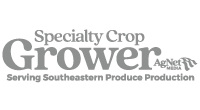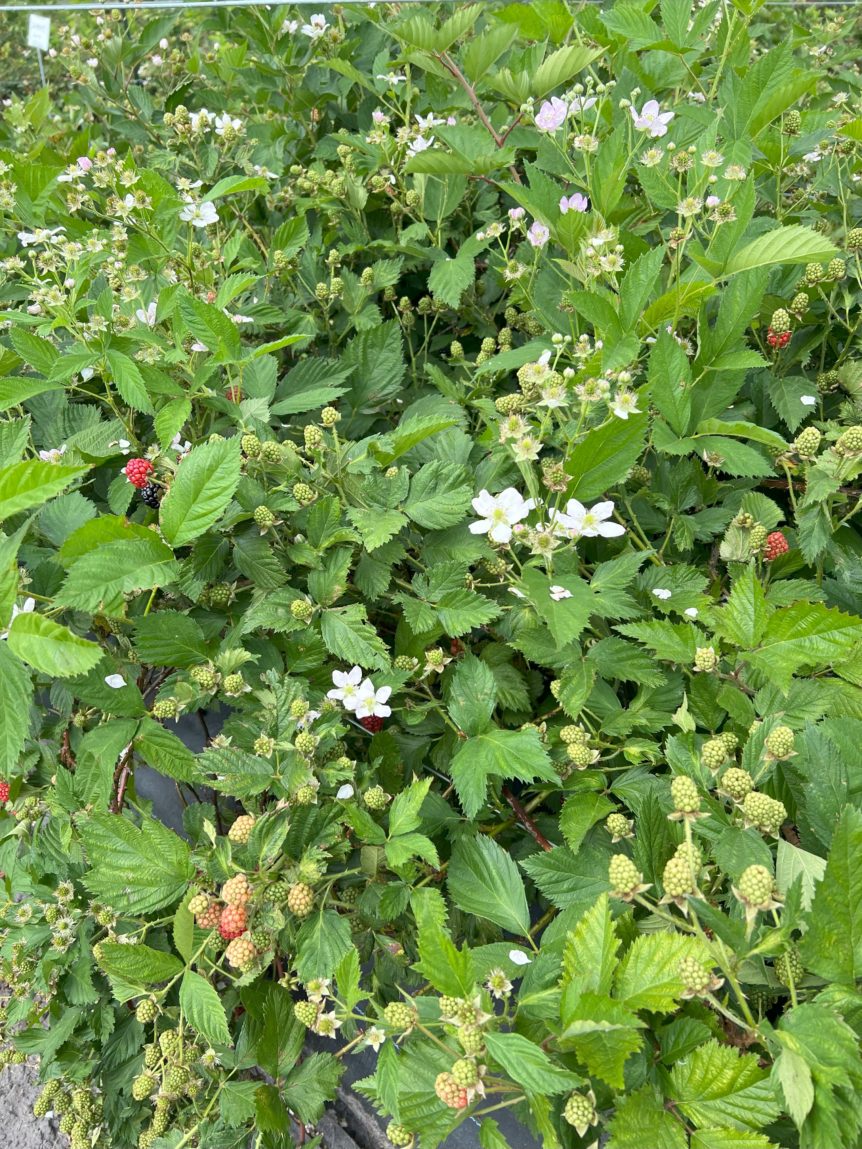By Clint Thompson
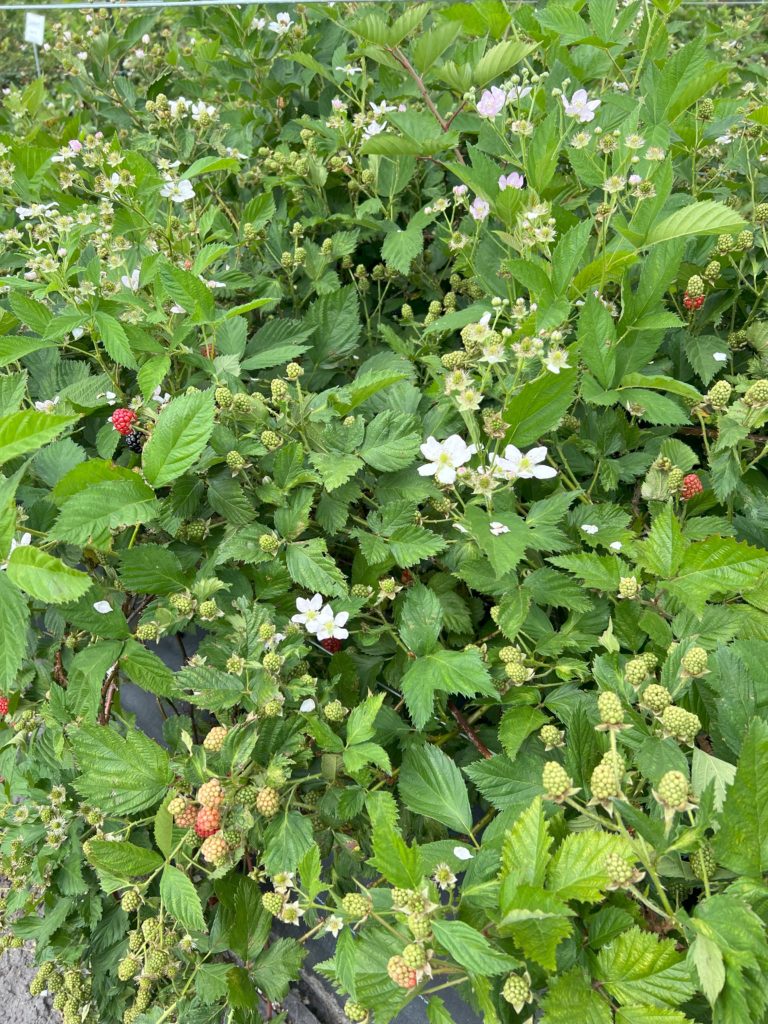
Interest in blackberry production is on the rise in Florida.
Zhanao Deng, professor of environmental horticulture at the University of Florida Institute of Food and Agricultural Sciences, is tasked with helping grow the industry throughout the state. He is doing it in two ways.
“We are trying to find the (existing) varieties that we can grow here and produce a decent yield for the growers to use,” Deng said. “Another part is developing new varieties. We are looking for no chill varieties. We have not released any new varieties, but we have some that are very promising and are still collecting more data.”
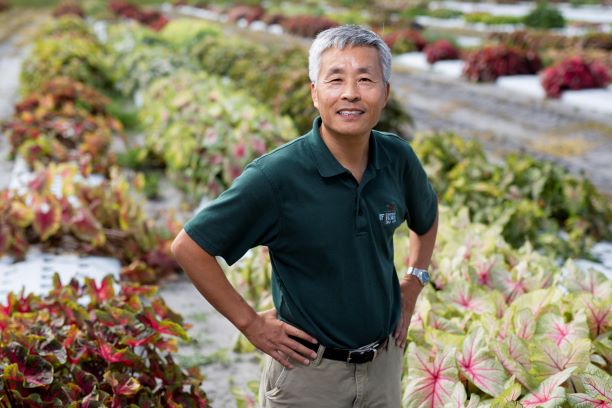
Deng has trialed 25 commercial varieties that were bred and selected in Arkansas, North Carolina, New York and Oregon. He said varieties like Prime-Ark and Osage have performed in his research trials.
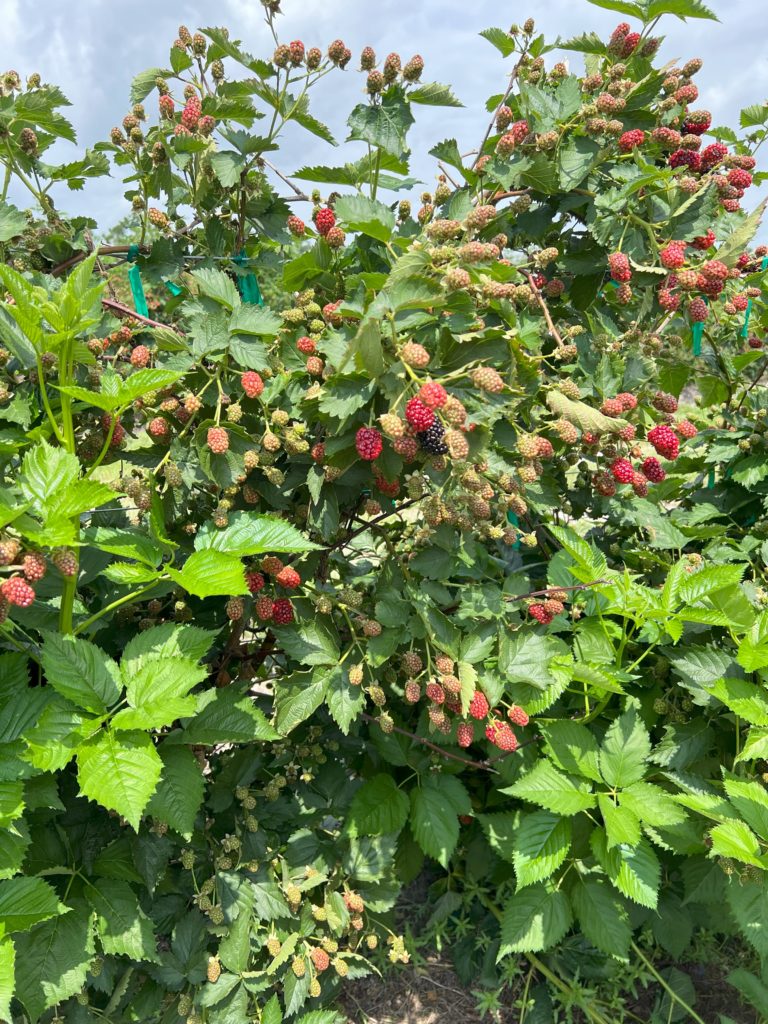
The challenge with Florida blackberry production is utilizing cultivars in an environment prone to receiving minimal chill hours during the year. The number of chill hours also differs throughout the various regions of the state which is also another obstacle.
“When you talk about Florida, from Miami to the Panhandle, the different regions have different amounts of chill hours. Our trials are in central Florida, from the south of I-4. We have very few chill hours. Last year we had less than 100 hours. This year we’ll have more, maybe nearly 200,” Deng said. “Generally speaking, we have few chill hours. Many of the commercial varieties do not work in our area because they don’t have enough chill hours in the wintertime.”
Deng said he hopes to release new varieties in the next two to three years.
Farmer Testimonial
Growers have shown success in growing blackberries in southern Florida.
Matt Parke, farm manager of Parkesdale Farms, mainly grows strawberries in Plant City, Florida. However, he has spent the last two seasons producing 10 acres of blackberries. He attributed his success to collaborating with Deng at the UF/IFAS to manipulate the production process.
“It was definitely more profitable than the first year. We’re still fine-tuning it. We figured out how to trick the plants into getting the chill hours to be able to produce enough to make it profitable,” Parke said. “Here in Central Florida, we don’t get the chill hours required to make plants flower good, so you’ve got to figure out how to trick them into thinking they’ve got enough cold to produce. We shut them off in October (with urea applications), got them to defoliate by January and the buds started swelling. It’s a learning curve still, honestly.”






